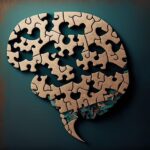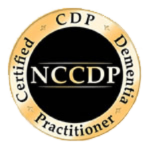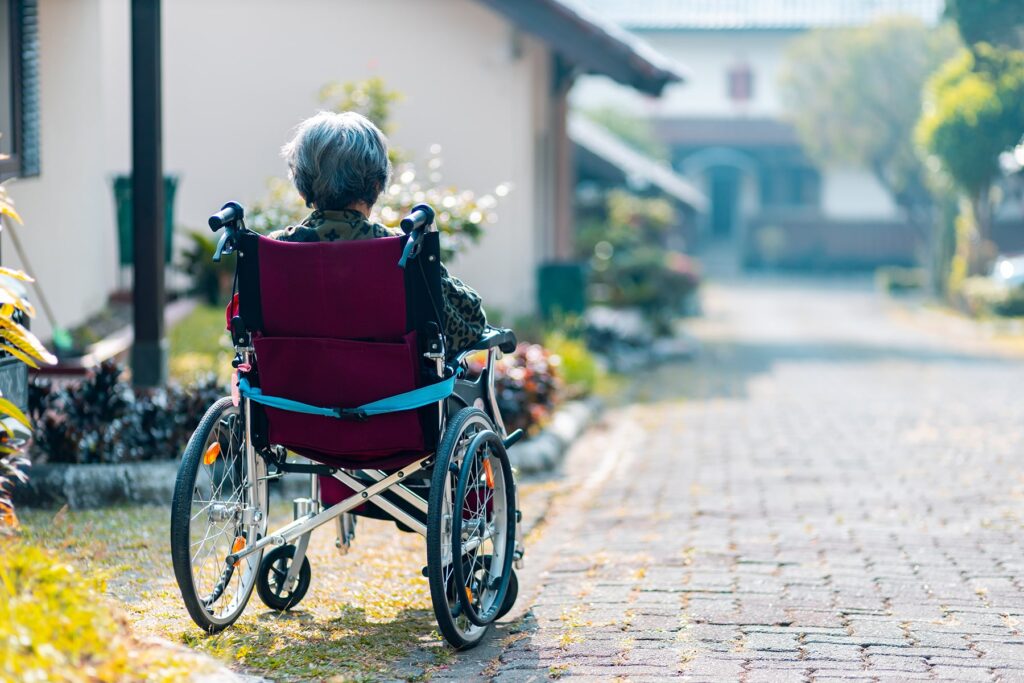What is Dementia?
Dementia, a neurological syndrome resulting from chronic or progressive brain disease, affects memory, thinking, comprehension, and judgment. With a global prevalence impacting millions, understanding its types, symptoms, treatments, and management strategies is crucial for both affected individuals and their caregivers.
Unraveling the Mystery: What is Dementia?
In the vast realm of neurological disorders, dementia stands out not as a singular disease but as a constellation of symptoms affecting memory, thinking, and social abilities, severely enough to interfere with daily life. Dementia, as defined by the World Health Organization, is a syndrome resulting from chronic or progressive brain disease that affects memory, thinking, comprehension, calculation, learning capacity, language, and judgment. It is not a typical part of aging, despite the common misconception.
Drawing a distinction between dementia and age-related memory decline is crucial. While it’s not uncommon for someone in their 60s or 70s to occasionally forget names or misplace household items, dementia goes beyond these minor lapses. For instance, a person with dementia might forget the name of a close family member, the way home from the neighborhood market, or even how to perform basic tasks like tying shoelaces or brushing teeth.
But dementia’s reach extends beyond just memory lapses. Cognitive functions, a collection of mental processes that include knowledge, attention, memory, judgment, reasoning, problem-solving, and decision-making, are heavily impacted by this condition. People with dementia might struggle with basic arithmetic, lose track of dates or seasons, or find it challenging to engage in a meaningful conversation, often repeating themselves or failing to find the right words.
The implications of dementia on daily living are profound. For the individuals grappling with this condition, tasks that once seemed mundane now become insurmountable challenges. Preparing meals, managing finances, or even recognizing familiar faces can become daily battles. Moreover, as the disease progresses, individuals might experience mood swings, increased irritability, or even develop depression and anxiety, further complicating their daily existence.
In understanding dementia, we shine a light on a condition that affects nearly 50 million people worldwide. By distinguishing it from normal age-related changes and by recognizing its profound impact on cognitive functions and daily life, we take the first step in fostering empathy and support for those living with this challenging condition.
Delving Deeper: Types and Symptoms of Dementia
While the term ‘dementia’ often floats in public discourse, its multifaceted nature, encompassing a range of specific conditions, remains lesser known. Let’s delve into some of these distinct types and the symptoms that characterize them.
Foremost is Alzheimer’s disease, accounting for 60-80% of dementia cases. Named after Dr. Alois Alzheimer, who first described it, this progressive disorder involves the slow degeneration of brain cells. Its early signs include mild memory lapses, but as it advances, individuals struggle with tasks like holding conversations or responding to their environments. The exact cause remains elusive, though factors like protein buildup in the brain are closely scrutinized.
Vascular Dementia, the second most prevalent type, arises due to impaired blood flow to the brain, often resulting from strokes. The symptoms may appear suddenly post-stroke or accumulate over time with smaller, unnoticed strokes. Unlike the gradual memory decline of Alzheimer’s, Vascular Dementia presents more with impaired judgment or the inability to plan a sequence of steps, like organizing an outfit.
Beyond these two predominant types lie lesser-known forms of dementia. Lewy Body Dementia, named for the protein deposits (Lewy bodies) discovered in the brain, is characterized by symptoms such as visual hallucinations, muscle rigidity, and tremors, drawing parallels with Parkinson’s disease. Another type, Frontotemporal Dementia, impacts the brain areas associated with personality, behavior, and language. People with this condition might exhibit unusual behaviors or say inappropriate things, deviating from their typical demeanor.
Despite the diversity of dementia types, overlapping symptoms do exist. Memory lapses, especially of recent events, are widespread. Difficulty in finding the right words, getting lost in familiar places, repeating questions, or struggling with everyday tasks are common markers. Additionally, mood shifts, confusion about time and place, and dwindling attention spans cut across different forms of dementia.
In understanding the multifaceted world of dementia, we can better appreciate the experiences of those living with it. Each type, with its unique onset and progression, underscores the need for tailored care and interventions.
Hope on the Horizon: Treatment and Management
In the face of a condition as complex as dementia, understanding the available treatments and management strategies brings solace. While no cure exists, several interventions can alleviate symptoms and enhance the quality of life for affected individuals.
Modern medicine offers a suite of treatments tailored to specific dementia types. For Alzheimer’s disease, cholinesterase inhibitors such as donepezil and rivastigmine are standard. These drugs boost neurotransmitter levels in the brain, enhancing communication between nerve cells and, consequently, improving symptoms. Another drug, memantine, regulates glutamate, a chemical involved in information processing. Both classes of medications aim to improve cognitive functions and delay disease progression.
But the journey of dementia care isn’t solely pharmacological. Non-medical interventions have gained prominence for their holistic approach. Cognitive therapy, for instance, engages individuals in memory exercises, problem-solving tasks, and other activities to stimulate the brain. Similarly, lifestyle changes, from adopting a Mediterranean diet rich in antioxidants to indulging in regular physical exercise, have shown promise in slowing cognitive decline.
Early diagnosis remains the linchpin of effective dementia management. The sooner the condition is identified, the earlier interventions can commence, offering a chance to slow progression and maintain independence for longer durations. Regular medical check-ups, cognitive assessments, and vigilance for early signs can pave the way for timely diagnosis and treatment.
Beyond medical and therapeutic realms, the human touch in dementia care is irreplaceable. Caregivers, whether family members or professionals, play a pivotal role. Their support, patience, and understanding create an environment where individuals with dementia feel valued and safe. Continuous education and training for caregivers, coupled with community support, can significantly enhance the care provided, ensuring that those with dementia navigate their journey with dignity and grace.
In the evolving landscape of dementia care, a blend of medical advances, therapeutic strategies, and compassionate caregiving offers hope. The collective endeavor is not just to add years to life but to infuse those years with meaning and purpose.
Conclusion
Dementia, with its multifaceted types and symptoms, presents challenges for both those diagnosed and their support systems. Through a combination of medical treatments, therapeutic interventions, early diagnosis, and compassionate caregiving, the journey can be navigated more effectively. Continued research and community awareness remain essential for better outcomes and understanding in the future.





















